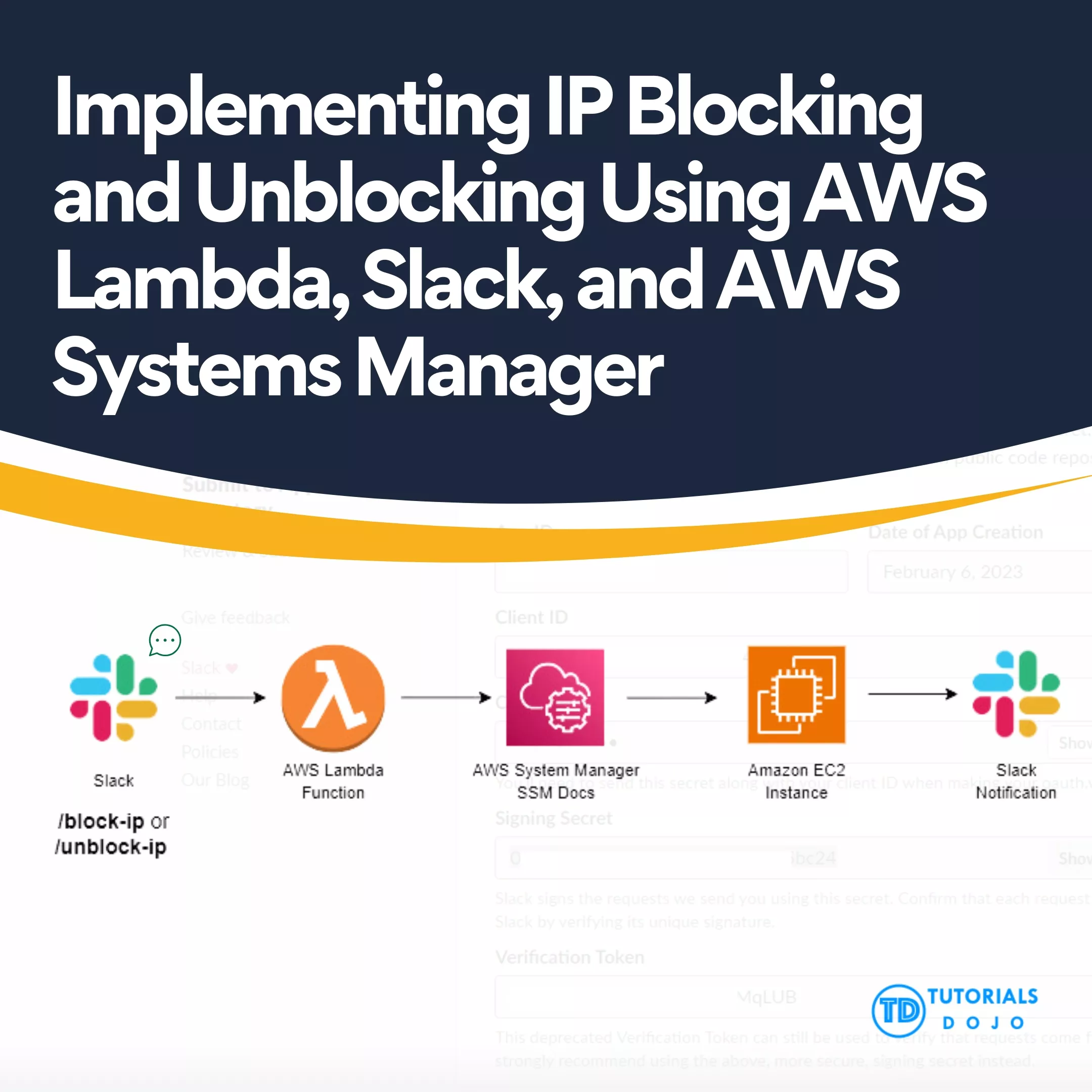Understanding Your API: The API-verse
Rafael Miguel2024-11-20T10:40:35+00:00In this blog, I will guide you through understanding the various types of APIs. You'll learn about different API classifications you can use for your next project and when to implement each one. This high-level overview of API varieties will expand your knowledge and help you become well-versed in how each API functions. What is an API? (Application Programming Interface) An API or Application Programming Interface acts as a bridge between different software allowing them to communicate, share data, and functionalities effortlessly. Think of it this way: Imagine a customer, a waiter, and the kitchen. The waiter acts as the [...]










